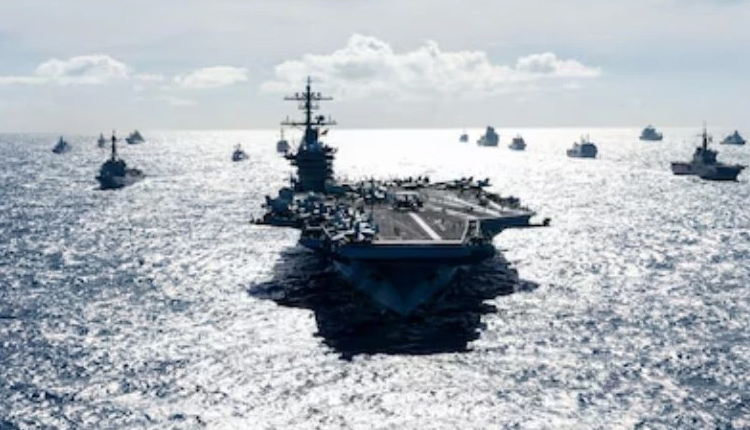New Delhi: The evolving defence partnership between Pakistan and China is making new inroads in the South Asian military balance and providing new challenges for India. Pakistan has gradually been strengthening its army, navy, and air force with advanced weapons from China. The group comes with a host of advanced submarines, warships, tanks, missiles and fighter jets, sparking security fears in New Delhi.
Beijing: China supplied 81 of all Pakistan’s arm imports from 2020 to 2024, up from 74 over the previous five-year period, according to the latest report of the Stockholm International Peace Research Institute (SIPRI) released on Monday. The new phase of this strategic partnership is not only a military one but also an effort to mark Pakistan’s decision to distance itself from the arms suppliers of the U.S., Russia, and Europe.
Pakistan receiving its second Hangor-class submarine from China is a notable development. China has doted on Pakistan in an unprecedented way by providing it with a submarine, a cutting-edge nautical platform that will bolster Pakistan’s maritime capabilities and complement grand Chinese designs on the Indian Ocean. Such a position, experts say, would enable Pakistan to watch and maybe eventually contest Indian naval activities in the Arabian Sea.
With its relations with China frayed—particularly after a deadly border clash in Ladakh in 2020—India has found itself jittery. However, Pakistan’s access to Chinese arms systems continues to be a concern for Indian defence planners, even as both nations seek diplomatic solutions to their strategic tensions. Besides, the new eastern front of the Indo-Pak conflict is being prepared by the alleged Pakistani efforts to promote unrest in Bangladesh, which will force India to prepare for a two-front war against China in the North and Pakistan in the West.
The report of SIPRI mentions high-end weaponry given by China to Pakistan. That list includes the J-10CE fighter, which is viewed as a competitor to India’s Rafale; the HQ-9 missile defence system, which strengthens Pakistan’s air defences; the VT-4 tank, which bolsters its land forces; the Type 054A guided missile frigate, which powers its navy; long-range reconnaissance drones, which enhance surveillance; and the Hangor-class submarine, which increases its underwater capabilities. Siemon Wezeman, a SIPRI analyst, described Pakistan as China’s closest defence partner, which he said is a strategic advantage for Islamabad.
India is now reciprocating this action. It has deepened defence relationships with the United States, France and Israel and bought cutting-edge systems like Rafale jets from France, the S-400 system for missile defence from Russia, Apache and Chinook helicopters from the U.S. and drones and rocket systems from Israel. This is vital, as it illustrates India would be in contention with a rising threat.
The power dynamics in the region seem to be changing with the growing China-Pakistan military collaboration. India must reassess its security measures in light of this partnership to maintain assertiveness in South Asia.



Comments are closed.